The plastic on your bedroom shelf became someone else’s portfolio.

Childhood treasures weren’t investments then; they were talismans of status and imagination. Time, scarcity, and mint packaging turned some into auction darlings while others retired to attic anonymity. Condition matters, provenance matters, and cultural heat matters most.
This isn’t advice to raid every yard sale. It’s a look at why certain toys compounded value: fan bases matured, nostalgia spiked, and sealed boxes survived fewer bedroom raids than you’d think. Here are ten that taught economics without trying.
1. First-edition Pokémon cards quietly compounded nostalgia.
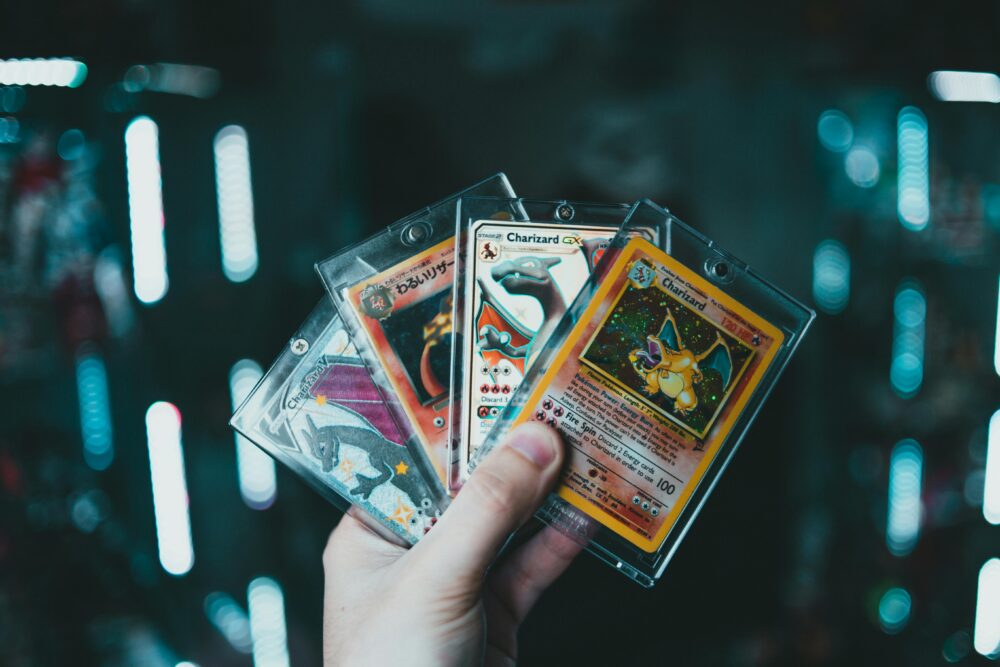
Binder pages once rustled at cafeteria trades; today, early sets—especially pristine holos—live under museum-light rules. The magic isn’t mystical; it’s supply and culture. Kids opened most packs, bent most corners, and battled most cards into soft oblivion. Pristine survivors became rarities in a fandom that never cooled.
Collectors prize authenticity and grading, which transformed card condition into a stock ticker. Even non-grails appreciate when pop-culture tides rise. The lesson: disciplined storage, original packaging, and trend literacy can turn lunchroom currency into adult assets—assuming you resisted playing with your favorite dragon.
2. Original Star Wars figures aged into artifacts.
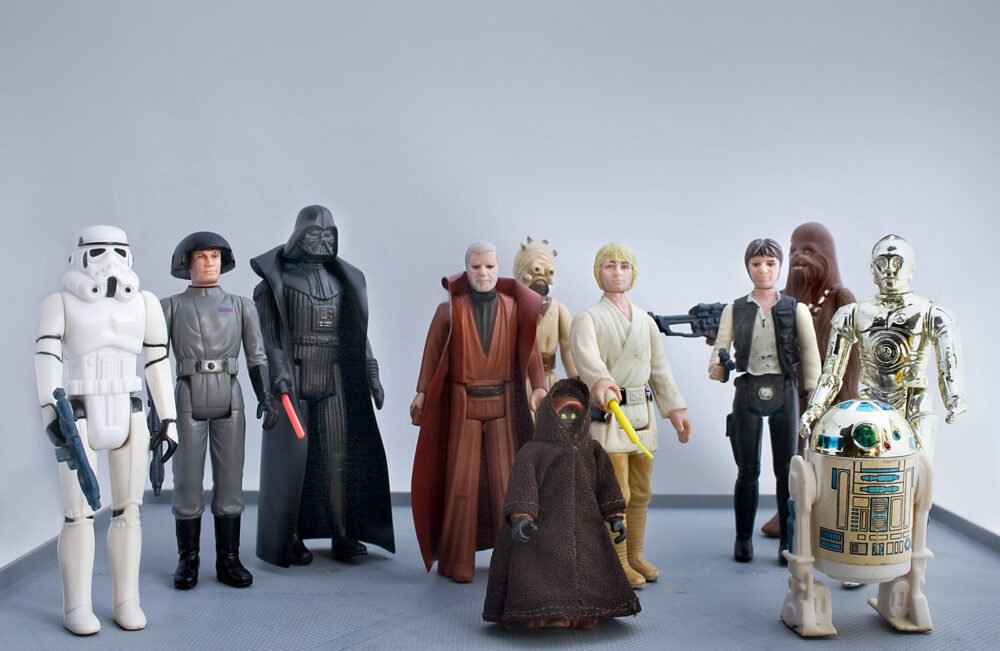
These weren’t just toys; they were fragments of a galaxy that kept expanding. Early runs with quirky paint, telescoping sabers, or rare cardbacks now feel like historical documents. Most were played to plastic exhaustion, which leaves packaged survivors curiously regal.
Valuation hinges on completeness—original accessories, unpunched cards, intact bubbles. Provenance matters too; a toy with a story photographs better than one with mystery. The broader truth stands: when a franchise lives forever, its earliest relics do, too. Store it well, and the Force compounds in ways childhood never predicted.
3. Nintendo cartridges held value beyond pixels.
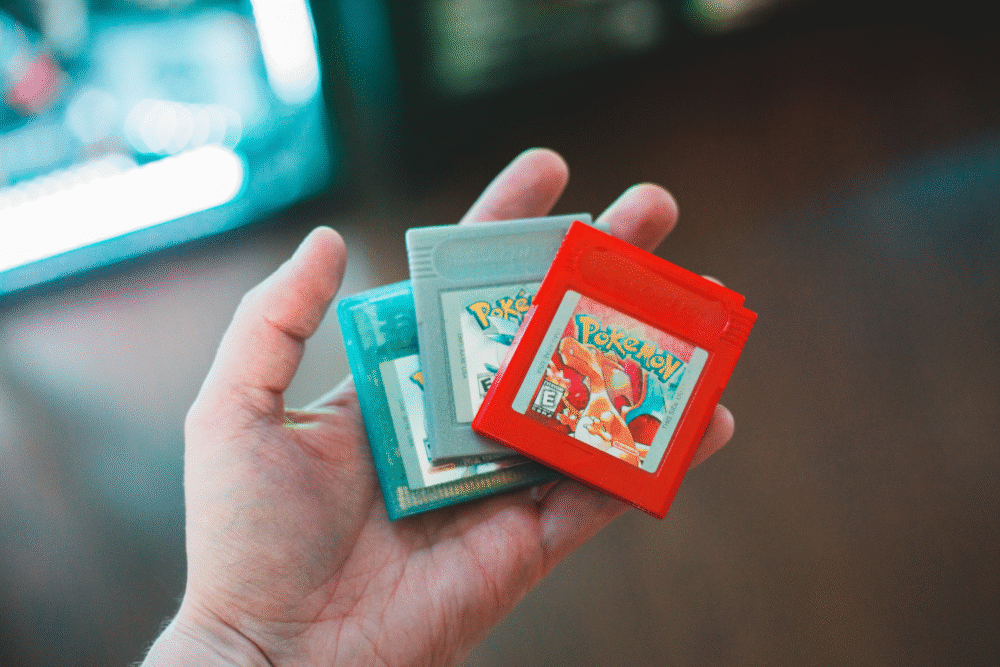
Cartridges once traded on playgrounds like currency; now certain titles read like blue chips. Limited print runs, late-lifecycle releases, or cult classics built demand that never faded. Sealed copies orbit in a different stratosphere, pushed by grading and scarcity.
Loose carts still command affection if labels aren’t sun-bleached and save batteries haven’t died. Collectors romanticize the click of a cartridge and the ritual of blowing on contacts—incorrect, legendary, irresistible. It’s not just software; it’s the hardware era embodied, and history keeps pricing that feeling aggressively.
4. LEGO sets became the quiet index fund of toys.

LEGO negotiated a rare trick: universal appeal, modularity, and finite runs. Retired sets—especially licensed or architectural lines—acquired a secondary market that behaves like a patient auction. Sealed boxes soar; complete used sets with manuals still surprise.
Condition rules everything: yellowing bricks, sun-faded art, and missing minifigs erode value. The investment lesson hides in plain studs—scarcity after retirement, intact packaging, and themes with adult fandoms. At scale, closets of plastic bricks turned into portfolios, still paying dividends in click-clack therapy for stressed-out grownups.
5. Tamagotchi proved scarcity loves a beep.

Digital pets beeped responsibility into homerooms and got confiscated during math. Original shells, first waves, and limited colors now enjoy collector gravity. Most units took a beating; pristine ones feel exotic, like unspoiled time capsules.
Boxed versions, untouched inserts, and working screens matter. Nostalgia adds the multiplier: millennials with disposable income buy back the exact stress they survived. Markets reward that very specific ache for simpler problems—feed, clean, sleep—that fit neatly on a keychain and, apparently, in an auction listing.
6. Hot Wheels became tiny metal annuities.
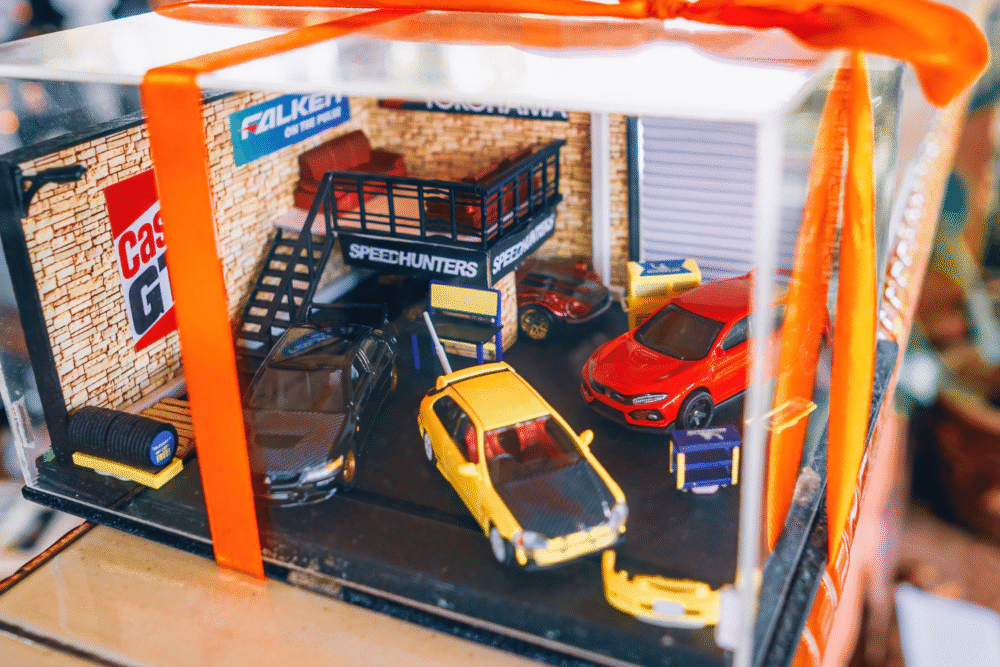
Factory variations, error cars, and early Redlines turned lunch money into serious metal. Rarity thrives on production quirks: wrong wheels, unusual paint, or brief runs. Kids raced most cars into chipped retirement, so mint examples sparkle.
Cases, tracks, and original blister cards raise ceilings. Collectors love lineages; a model tied to real automotive legends or designers fetches attention. The broader takeaway: when craftsmanship meets mass culture, small objects can travel far. Also, keep the tiny rubber bands—they inexplicably matter later.
7. Barbie proved fashion never devalues memory.

Early Barbies, special editions, and collaborations now live in climate-controlled display cases. Value rides on originality: outfits intact, hair untrimmed, accessories present. Cultural relevance keeps the brand evergreen, which props up vintage demand.
Packaging is runway-level important—crushed boxes cost you. Unique face sculpts, rare fabrics, or event releases turn casual toys into couture investments. The investment thesis is human: people revisit the dolls that modeled adulthood for them. As the audience grows up, the market follows in glass slippers.
8. Game & Watch handhelds became pocket museums.

Before modern handhelds, Nintendo’s Game & Watch packed minimalist charm into metal and plastic. Limited titles and fragile screens make survivors precious. The aesthetic—clean lines, tiny clocks, addictive loops—ages like mid-century furniture.
Working hinges, bright LCDs, and original straps separate treasures from parts bins. Boxed sets live in a valuation league of their own. The device doubles as design object, which pulls in buyers beyond gamers. When nostalgia overlaps with industrial design, prices behave accordingly: calmly upward.
9. Furby evolved from fad to folklore.
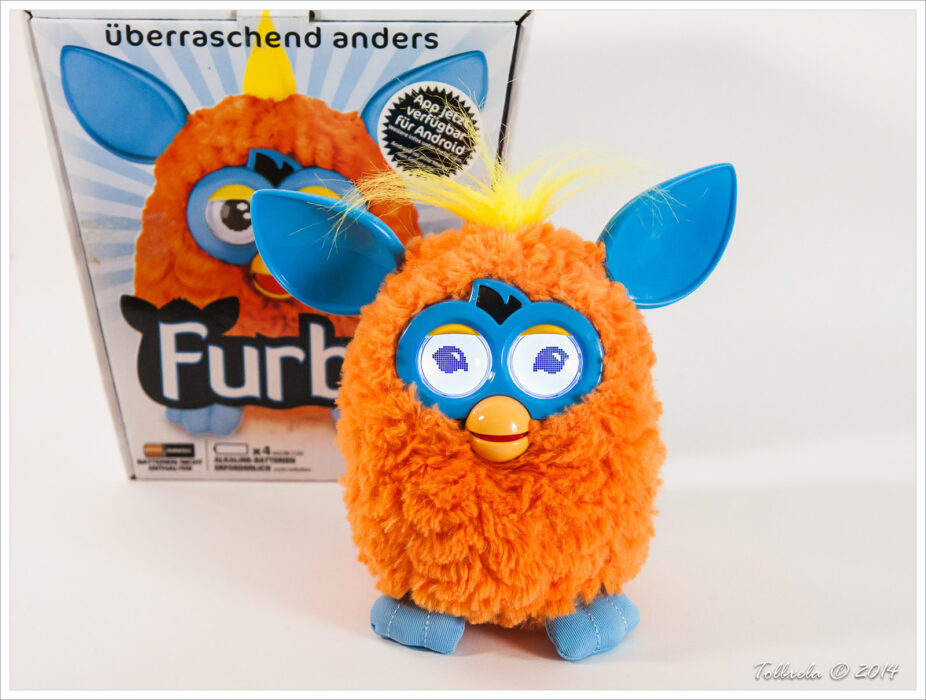
Gremlin-adjacent, bilingual, and occasionally haunted, the original Furby left an imprint. Short production quirks, special editions, and black-box mystique propelled collector interest. Time did the rest; working eyelids and clean fur are rarer than you’d think.
Boxed, sealed Furbies feel like urban legends in cardboard. Condition, version, and colorways drive spreads. Beneath the humor sits a real market truth: eccentric tech with a strong cultural footprint ages better than safe gadgets. Strange survives—and auctions reward unforgettable strange.
10. Teenage Mutant Ninja Turtles figures kept the sewer gold.
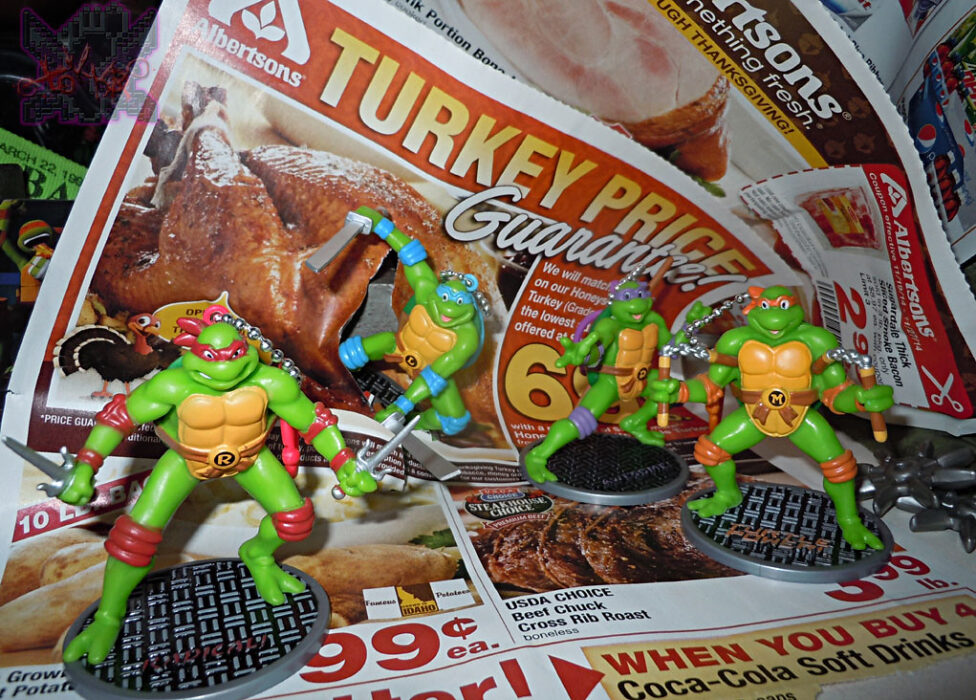
Heroes in a half shell anchored toy aisles for years, spawning variants, vehicles, and villains. Early waves, oddball sculpts, and untouched cardbacks charm collectors who grew up wielding plastic nunchucks. Accessories matter—tiny pizza slices and belts often decide value.
Reissues boost nostalgia but also highlight original differences, which sharpens demand. Documented collections with complete rosters perform best. The stealth lesson for kid investors: keep the box, keep the booklet, and keep the jokes—humor ages beautifully when paired with mint blister packs.
